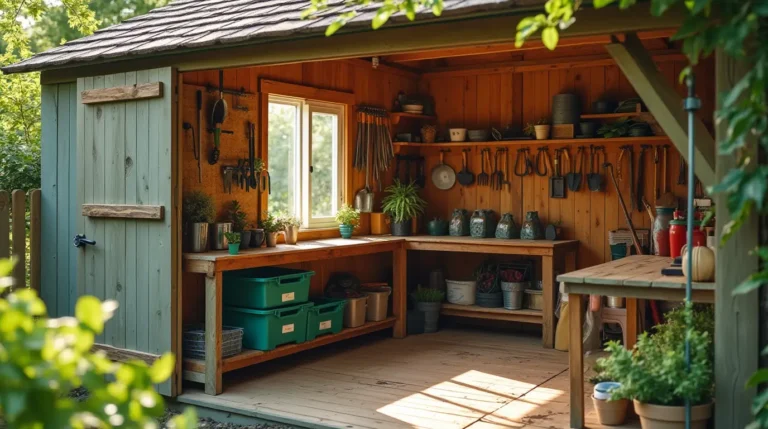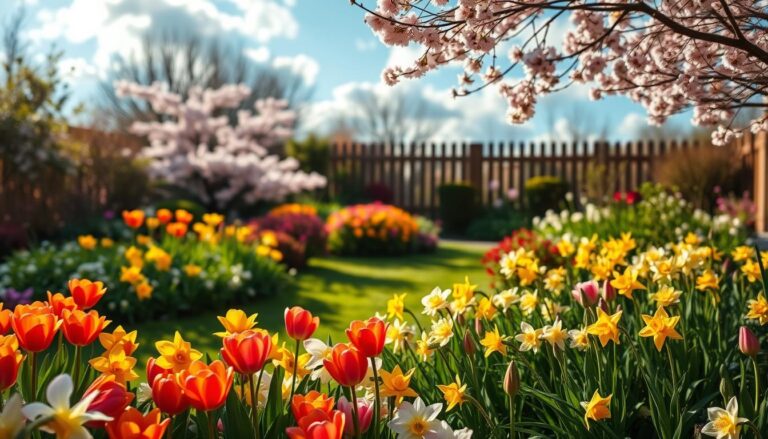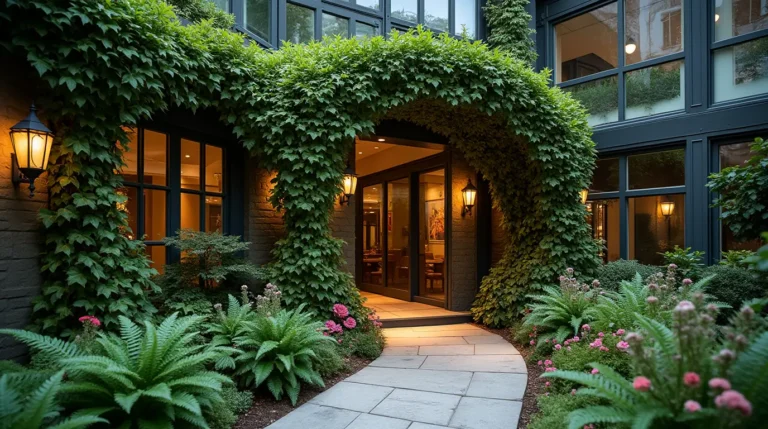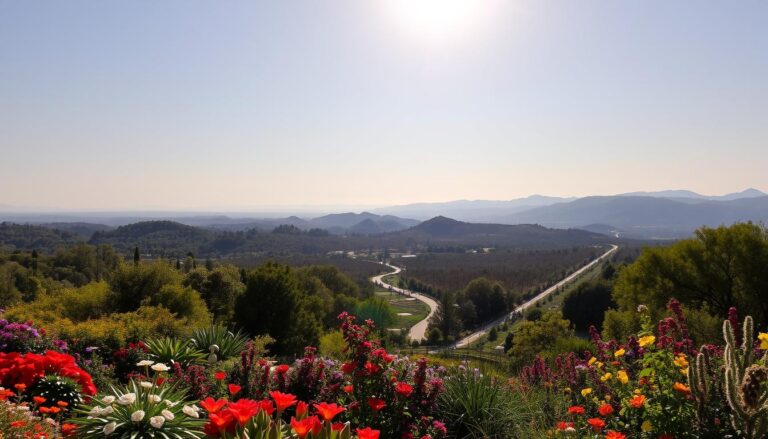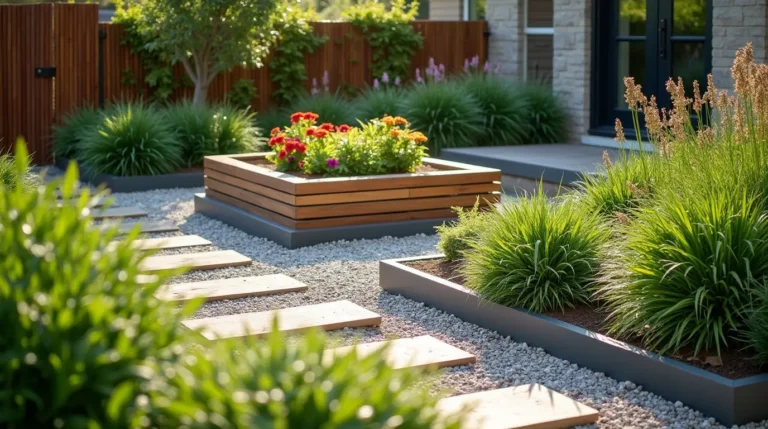Container Gardening Peppers: 10 Easy Tips for a Big Harvest
Have you ever wanted to grow fresh, flavorful peppers but don’t have a big garden? Good news! Container gardening peppers is an easy and rewarding way to enjoy homegrown produce, even if you only have a small balcony or patio. Peppers thrive in pots, and with the right care, you can enjoy a bountiful harvest in any space. Whether you’re a beginner or a seasoned gardener, these 10 simple tips will help you grow healthy, productive pepper plants in containers!
Table of Contents
Overview Container Gardening Peppers
Container gardening peppers is a fantastic way to grow delicious peppers in limited spaces. It’s perfect for city dwellers, renters, or anyone looking to keep their garden manageable. Plus, growing peppers in containers allows better control over soil, water, and pests, making it easier to get a big harvest.
- Time Requirement: 10-15 minutes per day for watering and care.
- Difficulty Level: Beginner-friendly.
- Ideal Conditions: 6-8 hours of sunlight daily, well-draining soil, and proper watering.
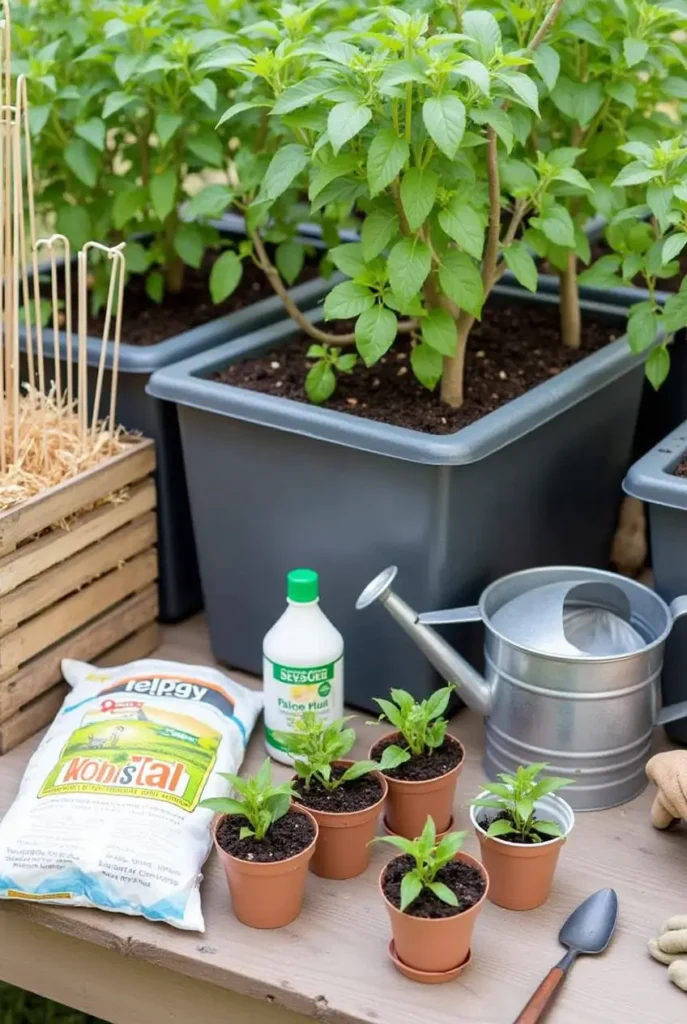
Essential Tools & Materials Container Gardening Peppers
Before you start, gather these essential tools and materials:
- Containers (5-gallon or larger): Peppers need space for root growth.
- High-quality potting mix: Ensures proper drainage and nutrients.
- Pepper seedlings or seeds: Choose varieties suited for containers (e.g., bell peppers, jalapeños, or cayenne peppers).
- Watering can or hose: Keeps soil evenly moist.
- Fertilizer (balanced or organic): Supports healthy growth and fruiting.
- Mulch (straw, wood chips, or compost): Retains moisture and prevents weeds.
- Plant stakes or cages: Provides support for taller pepper varieties.
- Small trowel and gardening gloves: For easy planting and maintenance.
Step-by-Step Guide Container Gardening Peppers
1. Choose the Right Container
Pick a container that’s at least 5 gallons in size with drainage holes. A larger container helps roots spread and supports bigger plants.
2. Use Quality Potting Mix
Regular garden soil can be too heavy. Use a light, well-draining potting mix to keep your peppers happy. Adding compost boosts nutrients.
3. Pick the Best Pepper Varieties
Compact varieties like mini bell peppers, banana peppers, and jalapeños thrive in pots. Choose varieties that suit your taste and climate.
4. Give Your Peppers Plenty of Sunlight
Peppers love 6-8 hours of direct sunlight daily. Place containers in a sunny spot, like a balcony, patio, or rooftop garden.
5. Water Consistently
Keep the soil moist but not soggy. Water deeply whenever the top inch of soil feels dry. Avoid letting the soil dry out completely.
6. Fertilize for Strong Growth
Feed your plants every 2-3 weeks with a balanced fertilizer (10-10-10) or organic compost tea to promote healthy leaves and fruiting.
7. Provide Support for Tall Peppers
Some peppers grow tall and heavy with fruit. Use stakes, cages, or trellises to keep them upright and prevent breakage.
8. Prune for Better Airflow
Trim excess leaves and remove small shoots near the bottom of the plant. This helps improve air circulation and reduces disease risk.
9. Keep an Eye on Pests
Common pests like aphids and spider mites can damage plants. Check leaves regularly and use natural pest control like neem oil if needed.
10. Harvest at the Right Time
Pick peppers when they are fully colored and firm. Regular harvesting encourages plants to keep producing more fruit!
Maintenance & Care
Taking care of your pepper plants is simple with these tips:
- Watering: Check soil moisture daily, especially in hot weather.
- Fertilizing: Use organic compost or balanced fertilizer for strong growth.
- Pruning: Remove yellow leaves and dead stems to keep plants healthy.
- Pest control: Inspect leaves often and use organic treatments if needed.
Long-Term Benefits & Sustainability
Container gardening peppers offers many long-term benefits:
- Saves space: Grow fresh produce even in small areas.
- Eco-friendly: Uses less water and prevents soil depletion.
- Healthier produce: No pesticides or harmful chemicals.
- Year-round gardening: Move containers indoors for an extended growing season.
Creative Variations
Want to add variety to your container garden? Try these fun ideas:
- Mixed Container Gardens: Grow peppers alongside basil, tomatoes, or marigolds for a colorful, productive container.
- Vertical Gardening: Use hanging baskets or tiered planters to maximize space.
- Colorful Peppers: Grow red, yellow, purple, and even striped pepper varieties for a vibrant garden.
Conclusion Container Gardening Peppers
Growing peppers in containers is easy, fun, and rewarding. By following these 10 simple tips, you’ll enjoy a bountiful harvest of delicious, homegrown peppers. Whether you have a balcony, patio, or small yard, container gardening makes it possible to grow fresh produce anywhere. So grab a pot, pick your favorite pepper variety, and start gardening today!
FAQs
1. What size container is best for peppers?
A 5-gallon container is ideal for most pepper varieties to allow proper root growth.
2. How often should I water container peppers?
Water when the top inch of soil feels dry, usually every 1-2 days in hot weather.
3. Do peppers need full sun?
Yes, peppers need at least 6-8 hours of direct sunlight for the best growth.
4. Can I grow peppers indoors?
Yes! Use grow lights if natural sunlight is limited, and keep the room warm.
5. What’s the best fertilizer for container peppers?
A balanced fertilizer (10-10-10) or organic compost works well for strong growth and fruiting.
With these easy tips, you’ll be enjoying homegrown peppers in no time! Happy gardening!


